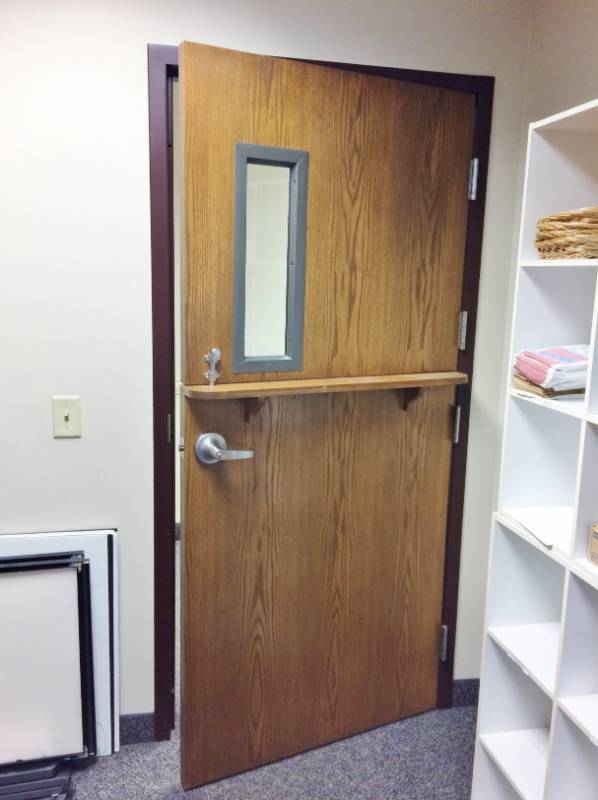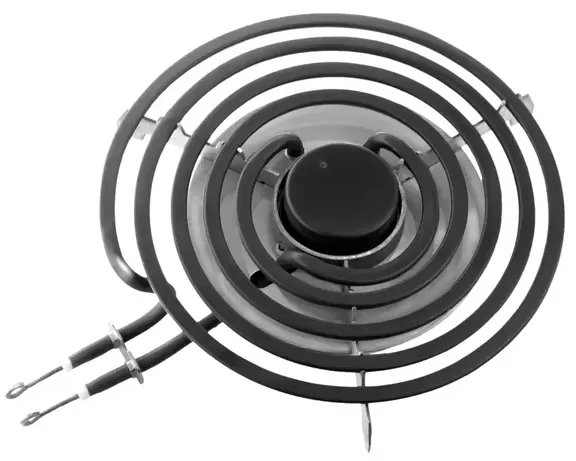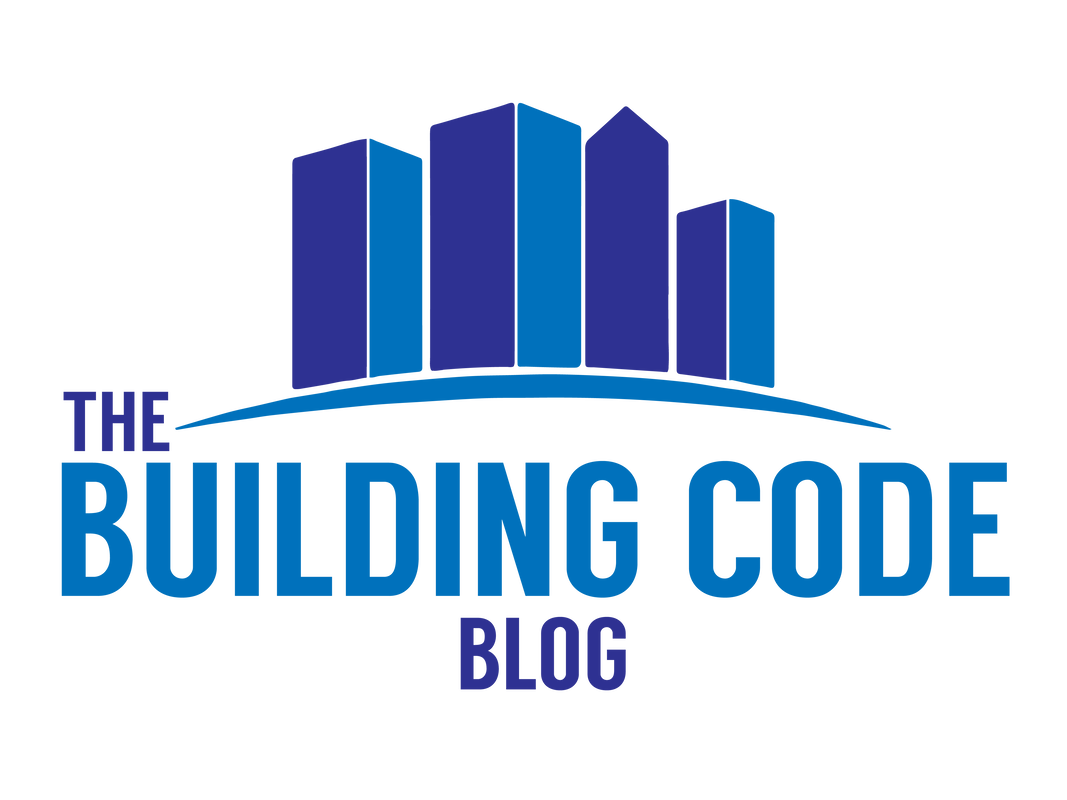|
The 2021 IBC includes several changes that impact Group I-2 occupancies. These changes build upon updates from 2018 edition and continue with the sub-grouping of occupancies into either Condition 1 or 2 that started in the 2015 edition. As a quick reminder, IBC 308.3 defines these as: Group I-2, Condition 1: "facilities that provide nursing and medical care but do not provide emergency care, surgery, obstetrics or in-patient stabilization units for psychiatric or detoxification, including but not limited to nursing homes and foster care facilities." Group I-2, Condition 2: "facilities that provide nursing and medical care and could provide emergency care, surgery, obstetrics or in-patient stabilization units for psychiatric or detoxification, including but not limited to hospitals." Corridor DoorsThe 2021 IBC provides two changes related to corridors doors in Group I-2 occupancies. First, Section 407.3.1.1 has been added for corridor doors that are not required to have a fire protection rating. Generally, Group I-2 corridor walls are not required to have a fire-resistance rating unless they are part of an enclosure for an exit or vertical opening, or if they are separating an incidental use room that requires a rating per IBC 509.4. This new section now addresses the following:
Second, Section 407.6.1 has been added for automatic-closing doors on hold-opens. Previously, these doors were only required to close upon actuation of a smoke detector or loss of power to the hold-open or smoke detector. Now, these doors must also close upon activation of the fire alarm system or sprinkler system. Exit Access Through Care SuitesSection 407.4.4.3 has been revised and no longer considers the number of doors or care suites in the path of exit access. Previously, this code section limited exit access to not require passage through more than three doors before reaching the corridor. Now, the code does not provide a maximum number of doors and simply limits care suites to no more than 100' of travel to reach a corridor. When a care suite requires two exit access doors, the second exit access door must lead directly to a corridor, exit or adjacent care suite. Nursing Home Cooking FacilitiesThe 2021 IBC makes an organizational change to requirements for nursing home cooking facilities, moving the requirements for the cooking appliances into a separate section. This builds upon a change in the 2018 edition, which provided specific provisions to allow cooking facilities to be open to the corridor in Group I-2, Condition 1 occupancies. Under the 2021 IBC, these requirements are now organized as follows: Nursing Home Cooking Facilities (407.2.6): In Group I-2, Condition 1 occupancies, spaces containing a cooking facility with a domestic cooking appliance are permitted to be open to the corridor when all of the following criteria are met:
Domestic Cooking Appliances (407.2.7): In Group I-2 occupancies, cooking appliances in domestic cooking facilities must comply with the following:
ConclusionThe 2021 IBC includes several changes related to Group I-2 occupancies. These changes build upon provisions enacted during past cycles and include changes to corridor doors, care suite arrangement and nursing home cooking facility requirements.
Need assistance on your specific project? Add Campbell Code Consulting to your team. They are a full-service code consulting and fire protection engineering firm that can help you navigate complex code challenges.
1 Comment
Leave a Reply. |
Categories
All
Sign up to receive Building Code Blog UpdatesArchives
July 2024
|
The Building Code Blog
- Home
- Blog
- About
-
Tools
- Allowable Height & Area Calculator - Non-Separated Mixed Occupancy
- Allowable Height & Area Calculator - Separated Mixed Occupancy
- Average Grade Plane Calculator
- Calculated Fire Resistance for Wood Walls
- Fire and Smoke Damper Tool
- Fire Wall/Exterior Wall Intersection Tool
- Frontage Calculator
- IBC Occupant Load Calculator
- Plumbing Fixture Calculator
- Stair Pressurization Estimator
HomeAboutBlogContact |
Copyright © 2019-2024 The Building Code Blog
The views, opinions, and information found on this site represent solely the author and do not represent the opinions of any other party, including the author's employer and the International Code Council, nor does the presented material assume responsibility for its use. Local codes and amendments may vary from the code requirements described herein. Fire protection and life safety systems constitute a critical component of public health, safety and welfare and you should consult with a licensed professional for proper design and code compliance.
|



 RSS Feed
RSS Feed
